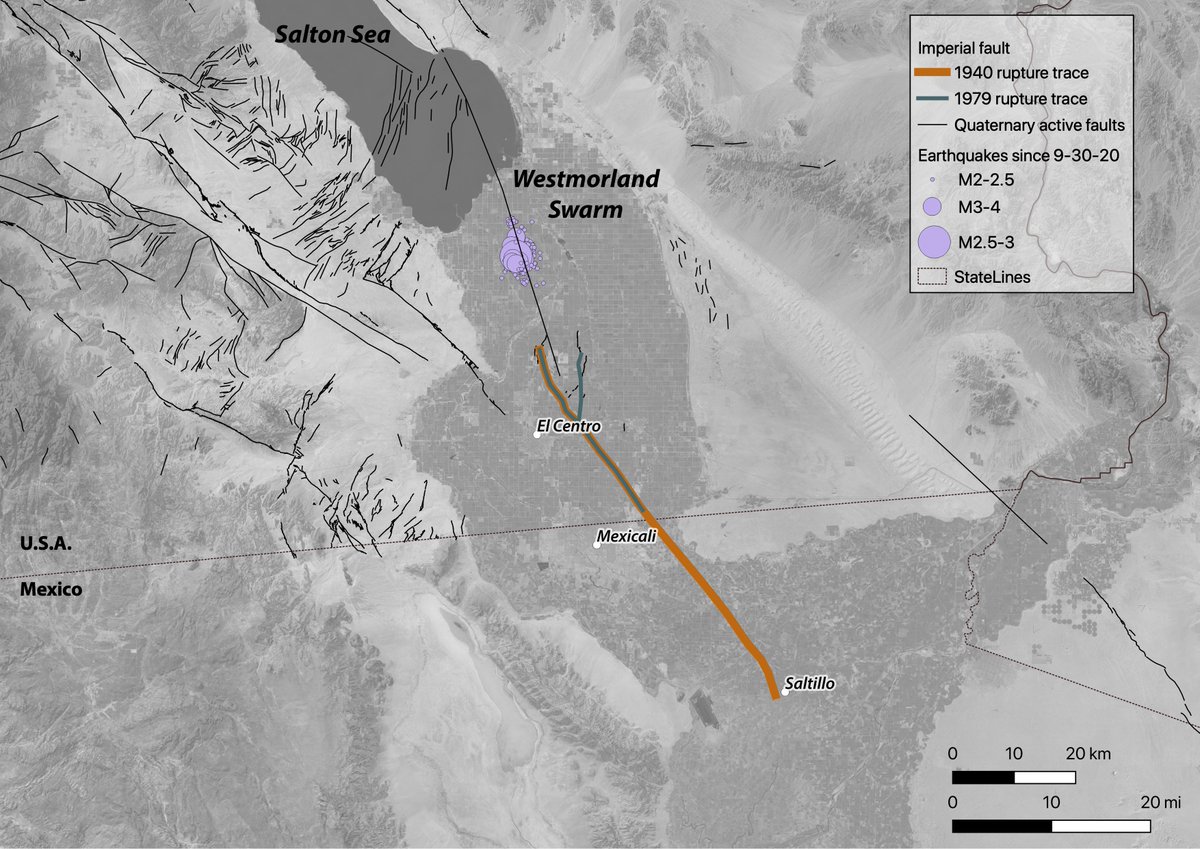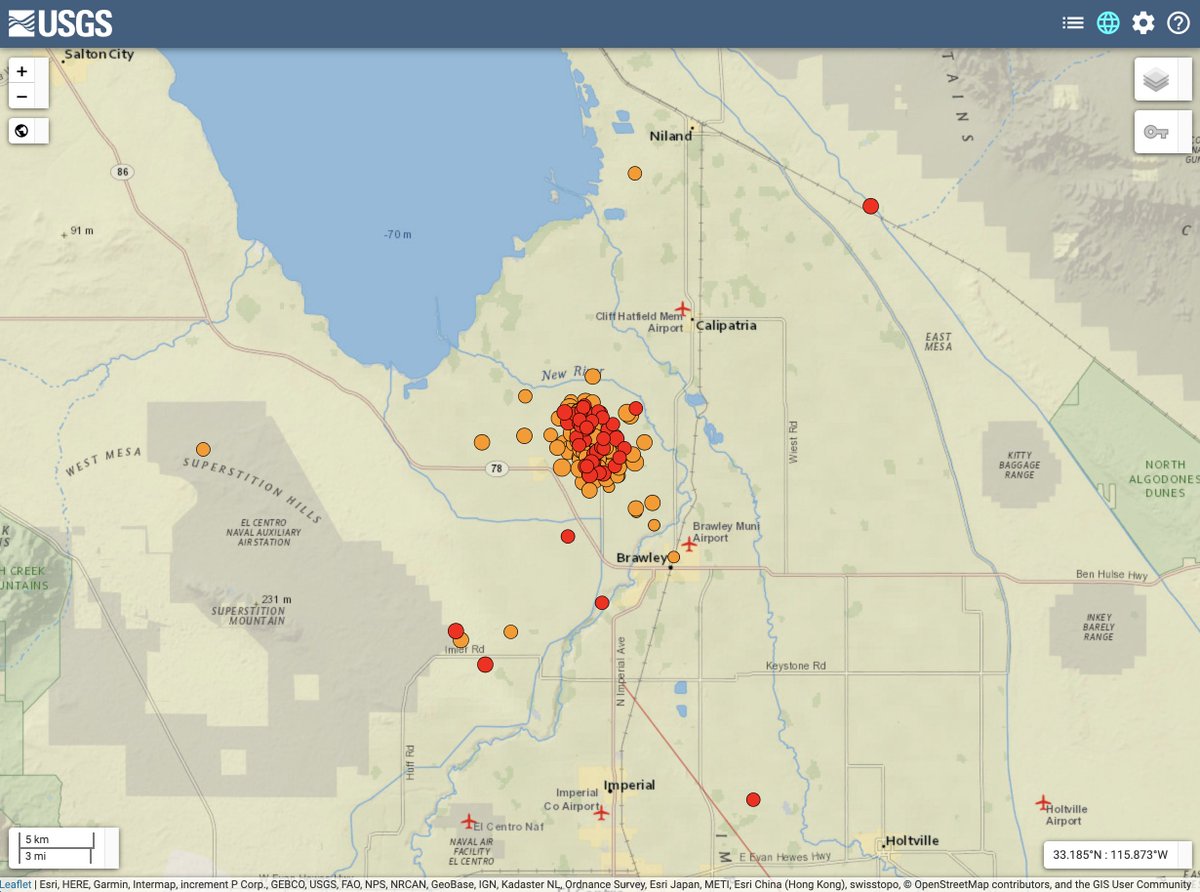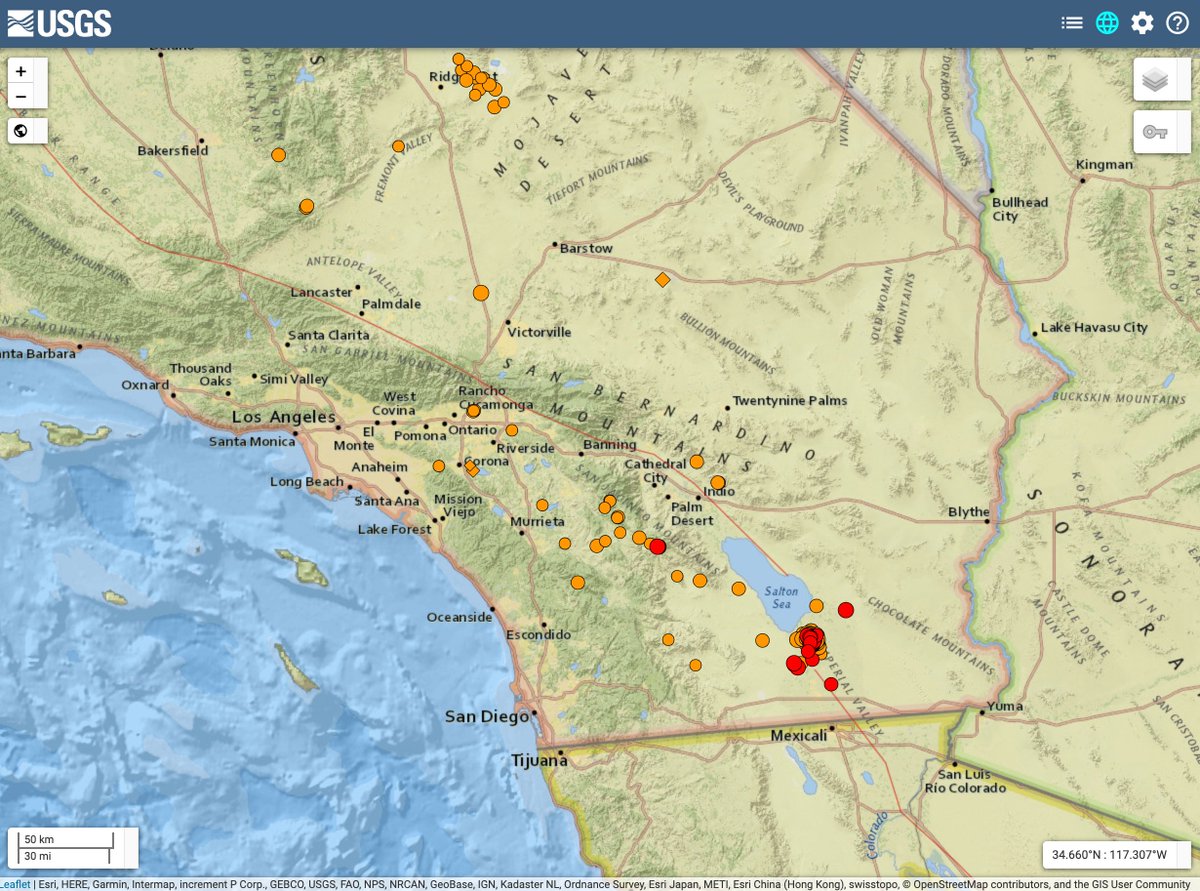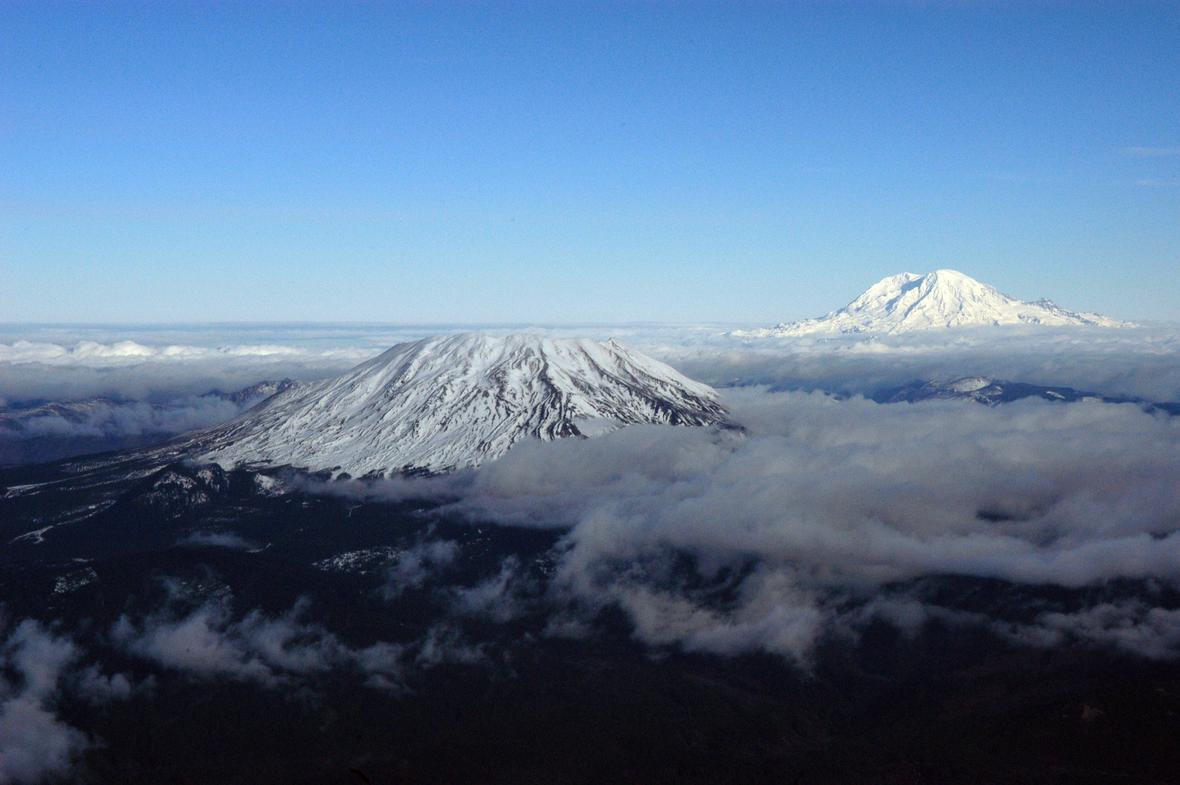
Update on the M 6.0 #earthquake that occurred at 3:29 pm Pacific Time July 8, in Antelope Valley, California, near the Nevada border. #califearthquake You can find up-to-date details about the earthquake here: earthquake.usgs.gov/earthquakes/ev…
https://twitter.com/USGS_Quakes/status/1413278989951455235
Shaking of intensities up to VII was reported nearest the epicenter. The quake was felt all the way to the Pacific Coast and throughout CA’s Central Valley as well as strongly in Reno and Carson City.
Did You Feel It? Report here:
earthquake.usgs.gov/earthquakes/ev…
Did You Feel It? Report here:
earthquake.usgs.gov/earthquakes/ev…
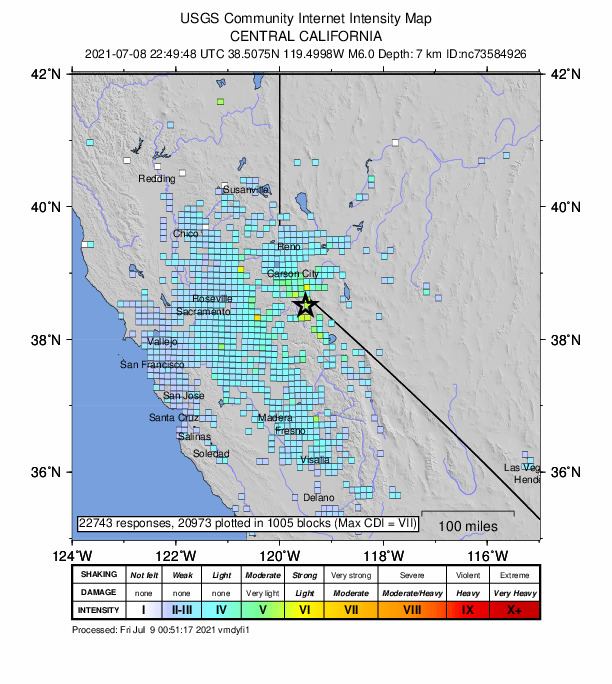
Our @USGS_ShakeAlert earthquake early warning system sent out some ShakeAlert-powered alerts through phone apps and @Google @Android. Check out earthquake.usgs.gov/earthquakes/ev… for more information about ShakeAlert’s performance. 
https://twitter.com/USGS_ShakeAlert/status/1413275444368056320
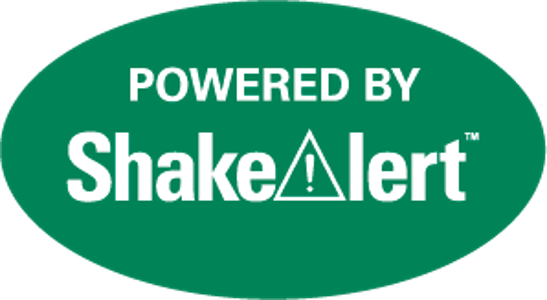
This earthquake occurred along the fault system that forms the famous mountainfront of the Sierra Nevada, both shearing and extending. The Sierra Nevada moves about 12 mm northwest per year relative to the North American plate. More here:
earthquake.usgs.gov/earthquakes/ev…
earthquake.usgs.gov/earthquakes/ev…
What will happen next? Well, we can’t precisely predict earthquakes, but we can estimate their probabilities. Smaller aftershocks will likely continue. The probability of a larger quake is small. Our full aftershock forecast is here, updated regularly: earthquake.usgs.gov/earthquakes/ev… 

• • •
Missing some Tweet in this thread? You can try to
force a refresh







